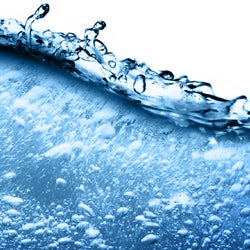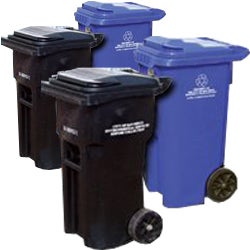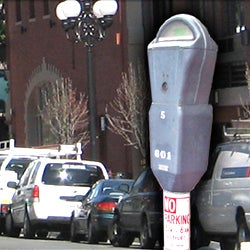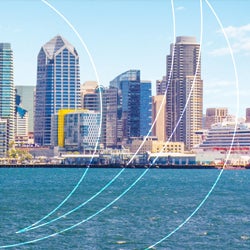Point Loma Wastewater Treatment Plant
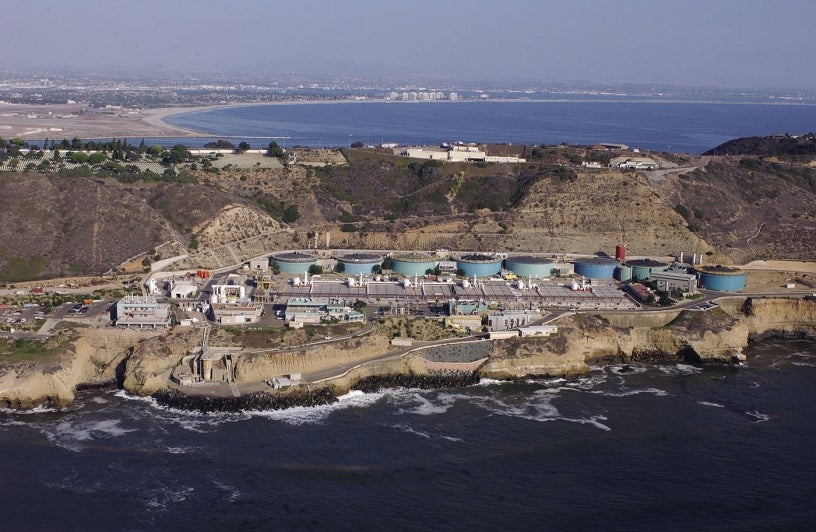 Opened in 1963, the
Opened in 1963, the ![]() Point Loma Wastewater Treatment Plant treats approximately 175 million gallons of wastewater per day generated in a 450-square-mile area by more than 2.2 million residents. Located on a 40-acre site on the bluffs of Point Loma, the Plant has a treatment capacity of 240 million gallons per day (mgd).
Point Loma Wastewater Treatment Plant treats approximately 175 million gallons of wastewater per day generated in a 450-square-mile area by more than 2.2 million residents. Located on a 40-acre site on the bluffs of Point Loma, the Plant has a treatment capacity of 240 million gallons per day (mgd).
- Plant Monitoring Reports
- Plant Process
- Take a video tour of the Plant
- Point Loma Wastewater Treatment Plant - Secondary Equivalency Fact Sheet
- Proper Disposal of Residential Generated Medications and Pharmaceuticals (Environmental Services Department)
2022 San Diego 301(h) Modified Permit Application
 Volume I - Executive Summary
Volume I - Executive Summary Volume II - Parts 1-3
Volume II - Parts 1-3 Volume III - Large Applicant Questionnaire
Volume III - Large Applicant Questionnaire Volume IV - Appendices A and B
Volume IV - Appendices A and B Volume V - Appendix C
Volume V - Appendix C Volume VI - Appendices D through G
Volume VI - Appendices D through G Volume VII - Appendices H through K
Volume VII - Appendices H through K Volume VIII - Appendix L
Volume VIII - Appendix L Volume IX - Appendices M and N
Volume IX - Appendices M and N Volume X - Appendices O through U
Volume X - Appendices O through U
2015 San Diego 301(h) Modified Permit Application
- Volume I - Executive Summary
- Volume II - Basis of Application
- Volume III - Large Applicant Questionnaire
- Volume IV - Appendices A and B
- Volume V - Appendices C and D
- Volume VI - Appendices E thru H
- Volume VII - Appendices I thru L
- Volume VIII - Appendix M
- Volume IX - Appendices N and O
- Volume X - Appendices P thru V
- 2010 San Diego 301(h) Modified Permit Final Decision Letter
- 2010 San Diego 301(h) Modified Permit
Treatment Process
Wastewater moves from Pump Station 2 on Harbor Drive to the top of Point Loma. From there, gravity takes hold and the wastewater (called "influent") flows into the headworks of the Treatment Plant. The foul air from the influent passes through an odor control system, which "scrubs" the foul-smelling air with a bleach solution. The scrubbed air then passes through carbon filters before being released. There are 11 other odor control systems throughout the Treatment Plant that operate during every stage of the treatment process. The wastewater then passes through screens, which act as giant rakes to remove materials that would interfere with the treatment process. These materials, called "rags," are a diverse assortment of paper, plastic, pieces of wood, toys and vegetable matter.
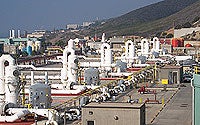
The wastewater then flows into grit removal tanks, where heavy inorganic particles such as sand, gravel, coffee grounds and eggshells settle to the bottom. "Rags" and grit are dewatered and trucked off-site for disposal.
Following grit removal, the wastewater is pumped into sedimentation tanks where organic solids settle to the bottom of the tanks and "scum" (primarily cooking grease and oil) floats to the surface. Chemicals such as ferric chloride and organic polymers are added to the wastewater to help waste particles bond together in large enough mass to settle out. At this point, approximately 80% of the total suspended solids in the water have been removed. After a final screening, the treated wastewater, called "effluent," is now ready to be discharged to the ocean through the Point Loma Ocean Outfall.
The scum is skimmed off the surface of the water, dewatered and taken off-site for disposal. The organic solids ("sludge") that have settled out of the wastewater are pumped into one of the eight digesters on site where they are reduced in volume through a heat and bacterial process similar to human digestion. After about two weeks, this digested sludge is pumped from Point Loma through a 17-mile pipeline to the Metropolitan Biosolids Center for further processing.
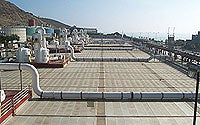
Renewable Energy
The Point Loma Wastewater Treatment Plant generates power through both methane gas and hydroelectricity. To learn more, visit the Renewable Energy web page.
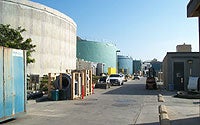
Meeting Federal and State Regulations
In November 1995, the City of San Diego received a modified permit from Secondary Treatment requirements of the federal Clean Water Act. This modified permit was renewed in 2002, 2010, 2017 and amended in 2022. Through a combination of factors, including industrial source control, advanced primary treatment of wastewater, a deep ocean outfall, and comprehensive environmental monitoring, both the U.S. Environmental Protection Agency and the San Diego Regional Water Quality Control Board agreed that the Treatment Plant fully protects the ocean.
The Point Loma Wastewater Treatment Plant has received many Gold Awards from the Association of Metropolitan Sewerage Agencies for complete compliance with all federal and state regulations.






